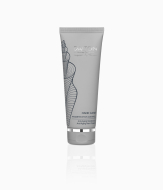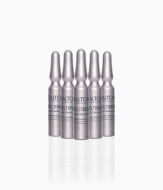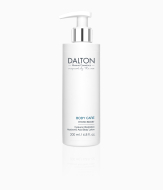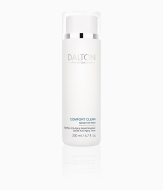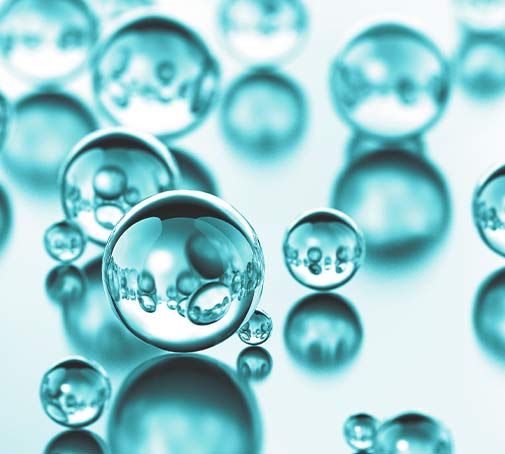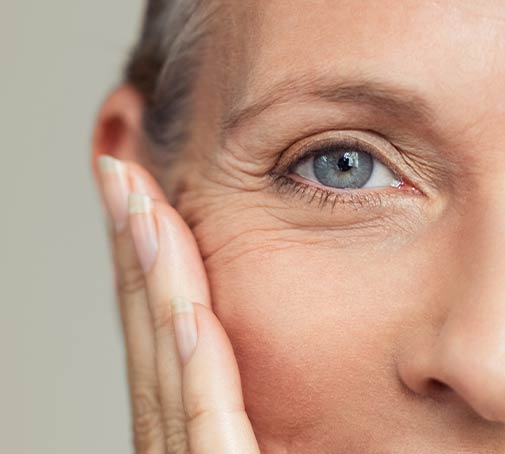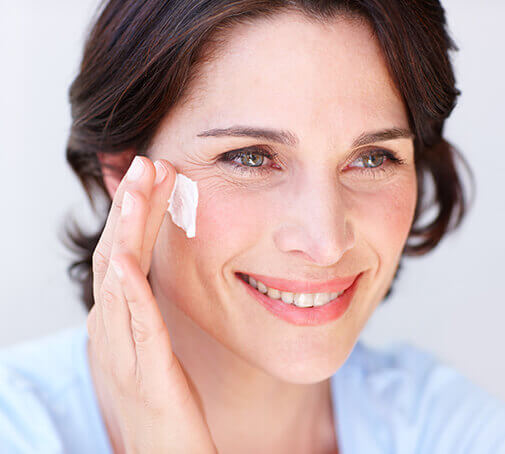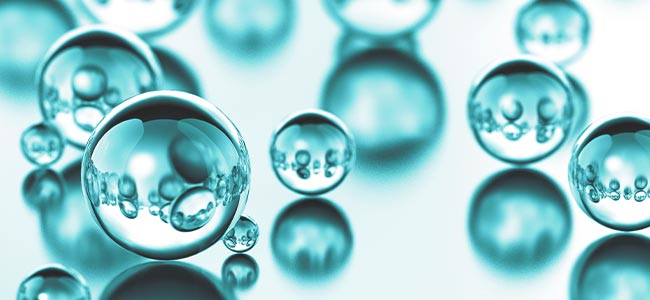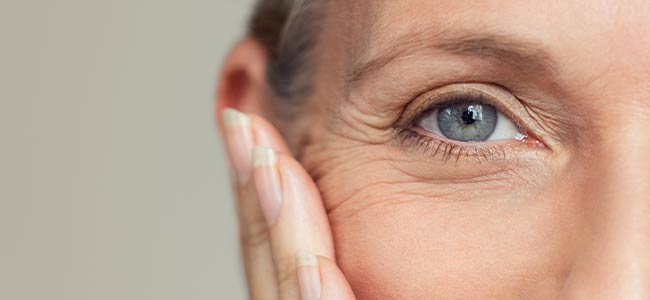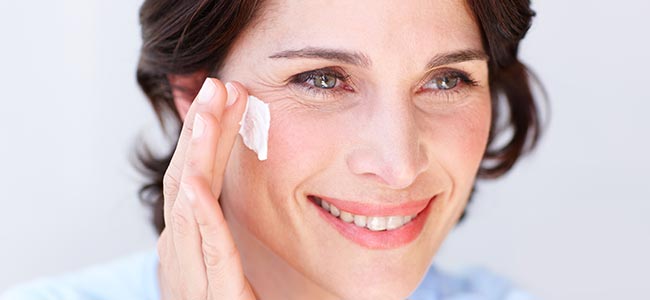
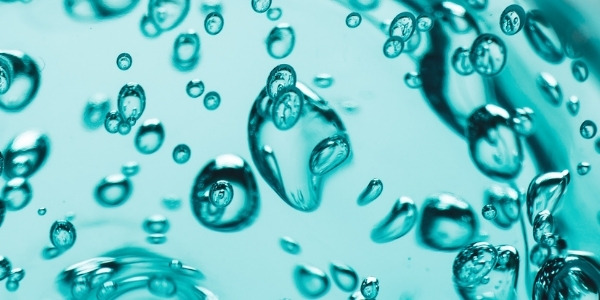
What Does Glycerin Do for Your Skin
Glycerin has long had a bad reputation, but quite unjustifiably so. We think it’s finally time to clear up the rumors that have been circulating. In our interview with product developer Eva, we are going to find out what this active ingredient can do and why you should even actively try to include it in your skincare routine.
Asking the Expert


One myth persists to this day: "Glycerin dries out the skin." How much truth is there in this rumor?
Eva: That is a question of how concentrated the glycerin is in a product. Glycerin loves water and literally attracts it – which makes it a popular humectant. It doesn’t matter to glycerin where it draws the water from. If it is too highly concentrated, it can draw moisture not from the ambient air as desired, but from the skin. However, it would take a concentration of well over 15% to give a product a "drying effect“. During the development of a new skincare product, it is therefore important to ensure that the concentration is appropriate for the skin and to use glycerin in combination with other moisturizing ingredients. This allows us to exploit their maximum potential. Hand and foot creams typically have a high content of glycerin. We always make sure to create a balanced ratio that is very effective but well-tolerated and skin-friendly.
What is glycerin used for?
Eva: Glycerin (glycerol) is a natural component of the skin’s Natural Moisturizing Factor (NMF). It helps to transport moisture into the skin and hold it there. However, the NMF can only function properly if it is in balance with the natural lipids of the skin barrier, which control water loss.
How can I tell how much glycerin is in a product?
Eva: If the percentage is not indicated on the packaging, it is difficult to find out the glycerin content. The position in the INCI list (list of all ingredients) gives an indication of approximately how much glycerin is contained. In hand and foot creams, the content is usually relatively high, because hands and feet are particularly prone to dryness. 5-15% of glycerin makes thick calluses supple and moisturizes the skin. Thin facial skin, on the other hand, needs a much lower concentration of glycerin for the moisturizing effect.
Which skin types benefit from glycerin?
Eva: Glycerin is suitable for all skin types, but especially for dry skin.
Is glycerin good for sensitive skin?
Eva: Sure! Since it is a natural component of the body and the NMF, it is very well-tolerated.
Do you have any tips on which active ingredients should be combined with glycerin
Eva: Glycerin should always come in a balanced ratio with skin-like or occlusive lipids, such as fatty acids or triglycerides (vegetable oils). This ensures optimal hydration of the skin while preventing transepidermal water loss (TEWL). Other moisturizing ingredients that occur naturally in the skin – such as urea or hyaluronic acid – are also well absorbed by the skin.
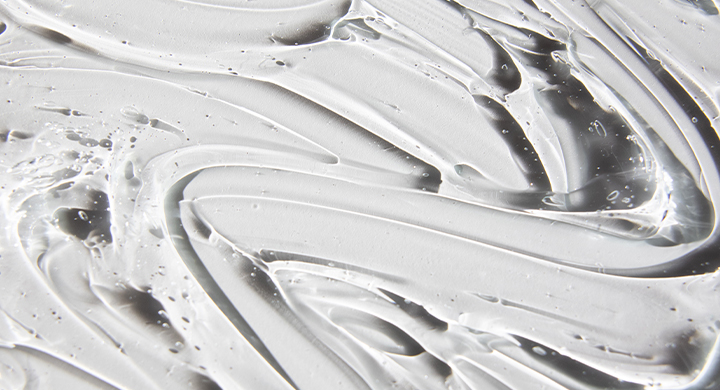

Benefits of glycerin in skincare
- Skin-friendly and well-tolerated
- Binds moisture
- Strengthens the skin barrier
- Helps skin regenerate
- Improves elasticity
- Suitable for all skin types
Benefits of glycerin in skincare
- Skin-friendly and well-tolerated
- Binds moisture
- Strengthens the skin barrier
- Helps skin regenerate
- Improves elasticity
- Suitable for all skin types
Chemical properties
Glycerin (glycerine, glycerol, propane-1,2,3-triol) is a trihydric alcohol. It can be derived from plant-based sources or synthetic materials.
What else is glycerin used for?
You can also find it as an additive in toothpaste, soap, shampoo and in some foods.



